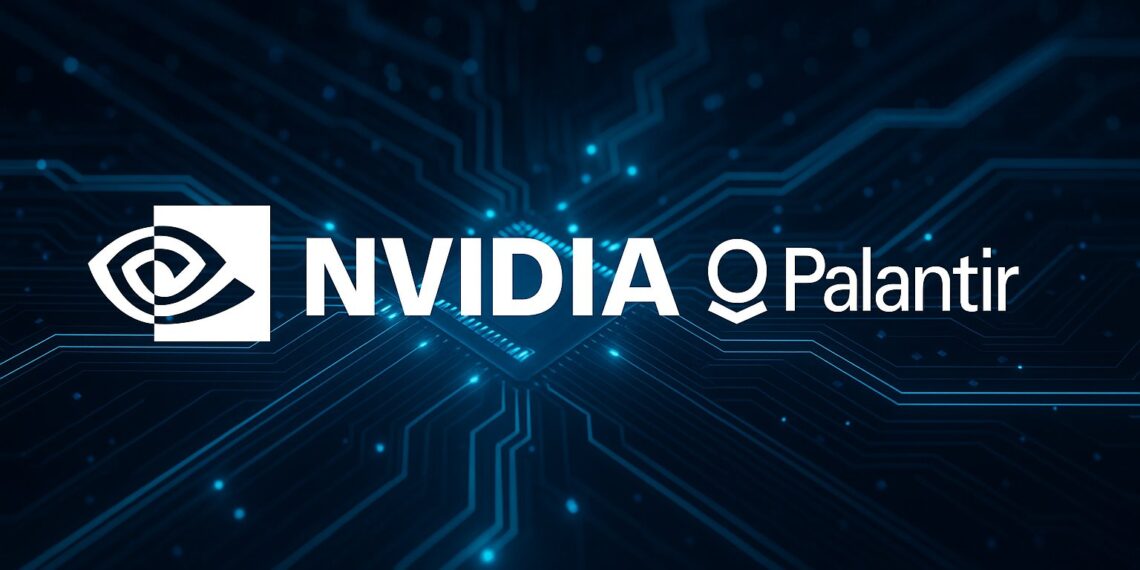Michael Burry’s Scion Asset Management disclosed large put-option positions tied to Nvidia (NVDA)and Palantir (PLTR) in its Q3 2025 13F, with roughly $1.1B notional exposure. The headlines are huge, but remember: notional ≠ cash at risk. Filings are backward-looking, and some or all of these puts may function as hedges. Meanwhile, Palantir’s CEO Alex Karp publicly blasted short sellers, keeping volatility high across AI leaders. Here’s what matters for portfolios now.
What exactly did Burry disclose?
Scion reported puts tied to ~5 million Palantir shares (about $912M notional) and ~1 million Nvidia shares (about $187M notional), which together dominated the reported long-portfolio footprint at quarter-end. Those dollar figures describe the value of the underlying shares, not the premium paid or maximum loss.
Why Nvidia and Palantir?
- Nvidia: The hardware backbone of the AI build-out; sentiment and multiples are sensitive to any wobble in hyperscaler capex, supply dynamics, or competitive encroachment—making puts an efficient way to bet on expectation risk.
- Palantir: A software platform priced for sustained AI adoption and margin expansion; skeptics argue the valuation embeds near-flawless execution, creating downside if growth normalizes.
Timing and intent: the two biggest caveats
13F filings are lagging snapshots. Scion could have altered or closed these positions after September 30, 2025. They also don’t reveal strike prices, expiries, or whether the puts hedge other exposures not visible in 13Fs—so the viral “short” label may overstate directional intent.
The market and management reaction
The disclosure hit alongside wider AI jitters. Nvidia slipped, and Palantir fell after earnings/guidance despite upbeat narratives—classic “expectations vs. results” repricing. Then Alex Karp slammed short sellers on TV, escalating the story and sentiment volatility.
How to read the risk/reward (for investors)
- Headline number ≠ risk budget. A billion-plus notional can be purchased for a fraction of that as premium, especially if the options are out-of-the-money or nearer expiry. Don’t confuse scale with stake.
- Path dependency rules AI leaders. Even beats can sell off if guidance, gross margins, or capex cadenceundershoot euphoric expectations. Puts monetize the rate of change in expectations more than absolute fundamentals.
- 13Fs are clues, not trade alerts. Burry has rotated quickly in past cycles; copying a quarter-old positioning is not a process.
- Crowding risk is real. AI bellwethers are consensus longs; negative catalysts can cascade through factor and risk-parity flows, where defined-risk hedges can be a cleaner response than wholesale de-risking.
Strategy ideas to consider (not advice)
- Stress-test NVDA/PLTR theses over the next 2–3 quarters: hyperscaler capex timing, competitive product roadmaps, and software monetization pace.
- Use defined-risk hedges (put spreads, collars) around earnings and policy catalysts instead of reacting to celebrity filings.
- Track forward catalysts (earnings dates, guidance updates, export-policy headlines). Treat 13Fs as context, not conviction.
Conclusion
Burry’s “$1.1B” headline packs attention, but the practical takeaway is narrower: we don’t know strikes, expiries, or whether the puts are directional or hedges—and the data is weeks old. For AI-heavy portfolios, the smarter move is to audit assumptions, time hedges to catalysts, and avoid mirroring quarter-old positioning—especially in names where sentiment can turn on small guidance deltas.
FAQ
Is Michael Burry actively short NVDA and PLTR today?
A 13F only confirms positions as of Sept. 30, 2025. He may have adjusted since then.
Why does everyone say “$1.1B” if that’s not the cash at risk?
Because it’s the notional value of the underlying shares controlled by the options, not the premium paid.
Did Palantir’s CEO respond?
Yes—Alex Karp lambasted short sellers on TV, intensifying attention and volatility around PLTR.
What’s the bigger message for AI stocks?
Expectations are elevated. Even solid results can disappoint the market if guidance or capex signals soften, which is why some pros prefer owning asymmetric protection into key events.
Disclaimer
This article is for informational and educational purposes only and does not constitute investment advice, an offer, or a solicitation to buy or sell any security. Investing involves risk, including the potential loss of principal. Conduct your own research or consult a licensed financial advisor before making investment decisions. The author held no positions in the securities mentioned at publication time.








